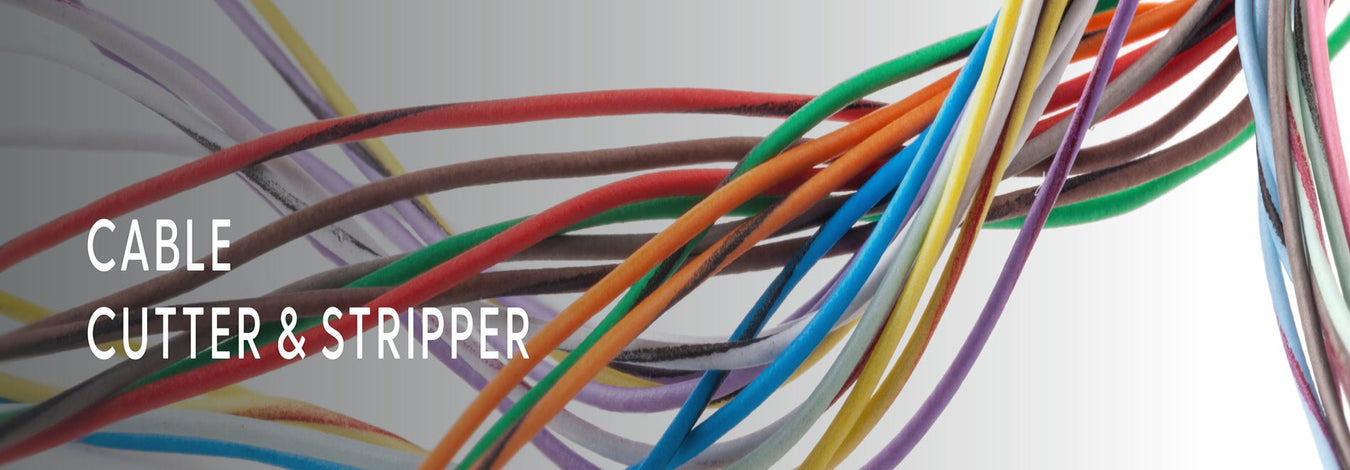
Should I Twist Wires Before Crimping?
Table of Contents
To Twist or not to Twist?
1- Consistency in Connection 2- Crimp Connectors are Suitable for use with Untwisted Wires 3- Improved Electrical Conductivity 4- Crimping Without Twisting Enhances Strength How to Prepare Wires for Crimping
Situations Where Twisting Wires Before Crimping is Applicable
Bottom line
Twisting is essential in electrical practice, as it helps create excellent and robust contacts between wires. Concerning the preparation of cables, some electricians support twisting the wires, as this provides a more robust connection. In contrast, others believe this practice is irrelevant and could be damaging. In this article, we will discuss whether twisting the wire before crimping is valid, its impact, and the cases in which twisting can be used.
Why Crimping is Important
But more importantly, one wants to understand why crimping is essential before considering whether to twist wires. Crimping is a mechanical method where pressure shapes a metal connector around the wire, making it rigid. The crimp guarantees the electrical conductivity of the current while providing the wire with the necessary safeguard from vibrations, moisture, or corrosion. Wire connector kits include crimping tools and a range of crimp connectors, including butt splices and ring terminals, to ease this process. The iCrimp AM-10 Pneumatic Crimping Machine for Wire Terminals is an excellent example of a wire crimping tool.
To Twist or not to Twist?
It can be tempting to twist wires before crimping, particularly for those who want to ensure a tighter bond. The quick response is not to twist, and the following are the reasons why:
1- Consistency in Connection
Sometimes, if wires are twisted before crimping, the formed bundle may not fit well into the crimp connector. These inconsistencies can cause a poor crimp; thus, the size of the connector will not effectively grasp the wire. Ideally, the crimp is described as ideal when all the cables are in complete contact with the interior surface of the connector. It is also highly likely that if the wires are twisted, the grouping will be less uniform, and air gaps within wires will act to weaken the interface and increase its probability of failure.
2- Crimp Connectors are Suitable for use with Untwisted Wires
The crimp connectors, especially those included in a typical wire connector set, are used on both stranded and untwisted wires. The barrel of the crimp connector, such as the iCrimp KIT-DC02 Wire Crimping Tool Kit for Deutsch Connectors, is specifically designed to accommodate the diameter of the stripped wire end. In the twisted condition, the wire is thicker, which interferes with the crimp operation and is revealed. If the wire does not fit properly in the connector, it will eventually come loose, resulting in poor contact points and occasionally failing connections.
3- Improved Electrical Conductivity
It is also possible to introduce some resistance in the connection by twisting the wires before the crimping process is done. There is nothing quite like an electric sandwich, but what matters most is smooth and clean contacts that make good conductors. When cables are twisted, the contact areas within the connector become jagged, which can introduce resistance back into the circuit. It may ultimately lead to overheating the connection and eventually degrading it over time. Crimping the untwisted wires is the most effective technique for achieving electrical conductivity.
4- Crimping Without Twisting Enhances Strength
An appropriate crimping tool is used to exert the pressure required to compress the connector to its full capacity, allowing it to encircle the wires. This process develops strength, which depends on the cable regulating itself in vibration, movement, and environmental stress without twisting, which is necessary. On the other hand, turning the wires can sometimes make them more prone to snapping, cracking, or weakening when restrained by the crimping force.
How to Prepare Wires for Crimping
The following is the best method for preparing wires for crimping.
- Strip the Wire: Using a wire stripper, peel off about ¼ to ½ inch of insulation at the end of each wire. Be careful to avoid straining or snapping of the individual wires within the bundle.
- Insert the Wires Untwisted: Strip the emerging untwisted wires and pass them directly into the crimp connector.
- Crimp: Using a crimping tool, exert pressure on the connector on the wires to crimp it properly. Inspect the wire to ensure the connection is securely in place by gently pulling on it.
Read more: How to Crimp a Wire
Situations Where Twisting Wires Before Crimping is Applicable
Twisting wires before crimping is helpful in a few specific cases:
- Stranded Wires: The thin stranded wires are slightly spiraled by twisting so they do not fray and can easily be plugged into the connector.
- Ferrule Connectors: This makes placing stranded wires into ferrules used in control panels or circuit boards easier.
- High-Vibration Areas: In applications such as automotive or marine, twisting provides a mechanical advantage to prevent loosening due to motion.
- Large-Gauge Cables: Bending thicker multistrands helps feed them into larger crimp terminals.
Bottom line
The best connections are those made on non-twisted wires, as they are highly secure, reliable, and possess low resistance. Contrary to expectations, twisting wires before crimping is usually prohibited. Still, it is helpful in certain situations, such as insulated terminals of thin-stranded wires, specialized connectors such as ferrules, or high-frequency environments. The determiner is in knowing when twisting contributes to achieving a neat connection, yet at the same time, it does not create more points of failure in the crimp. Check out iCrimp for wire connector kits to have the right tool in the right setting, from crimping connectors to robust connectors.
References





